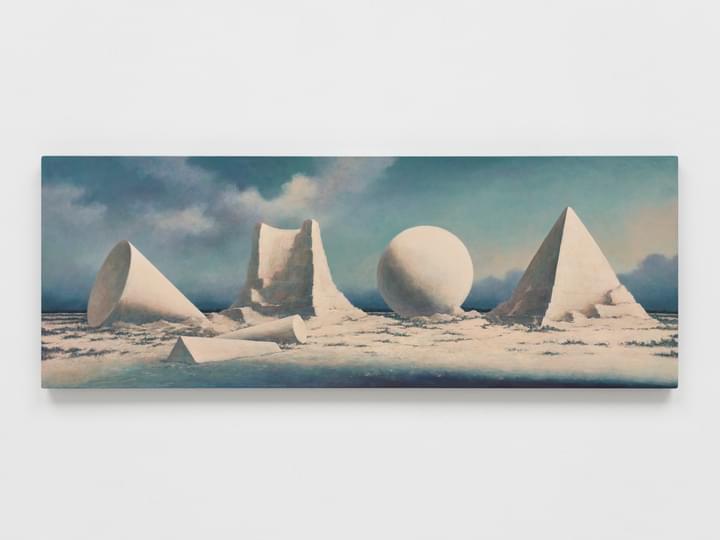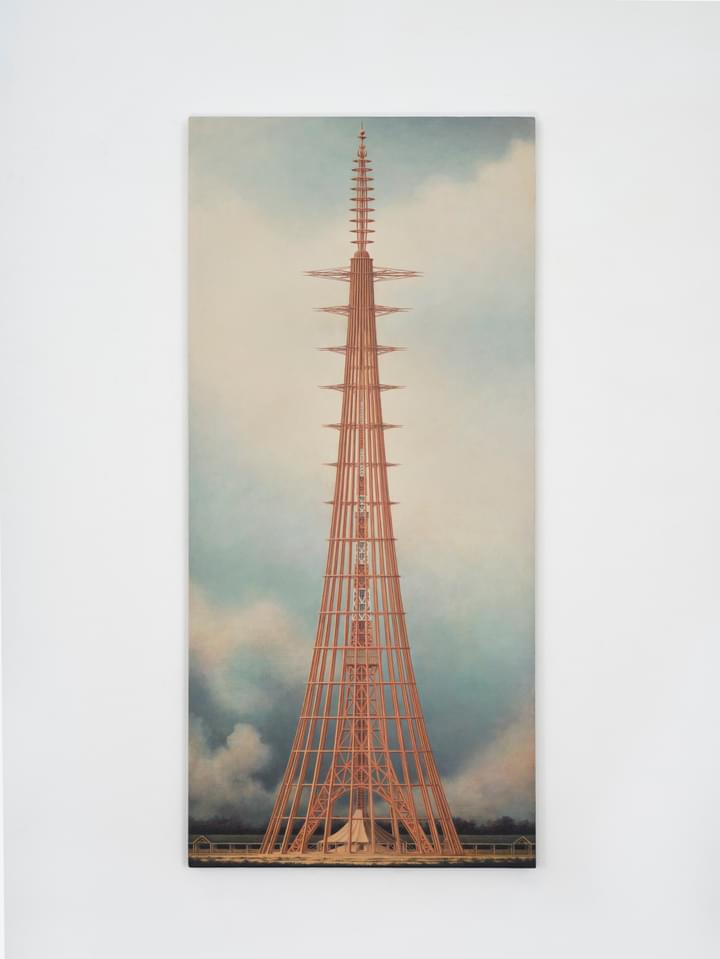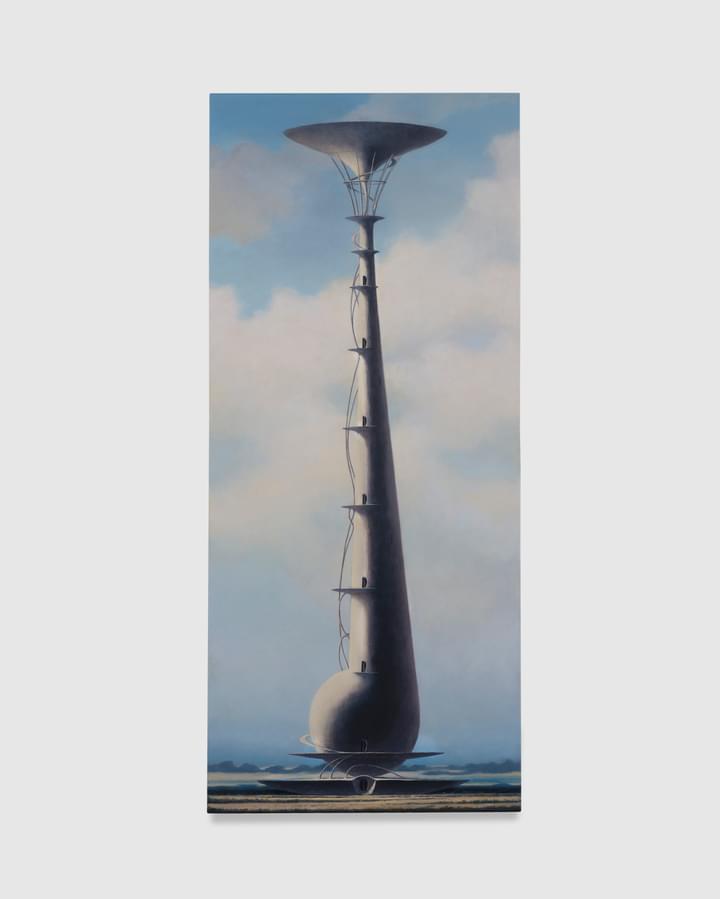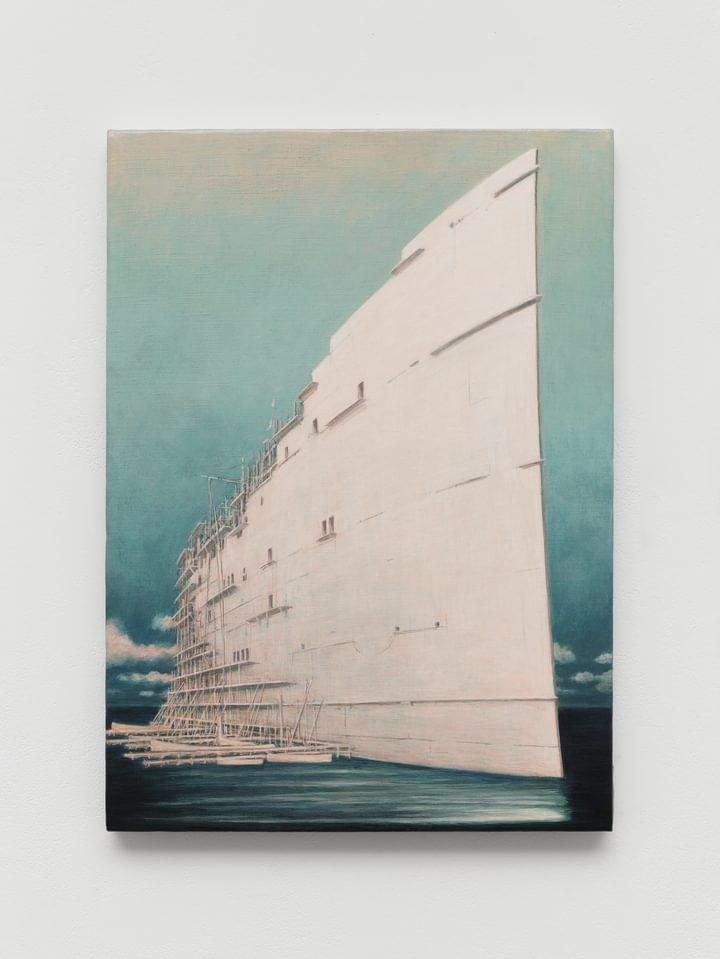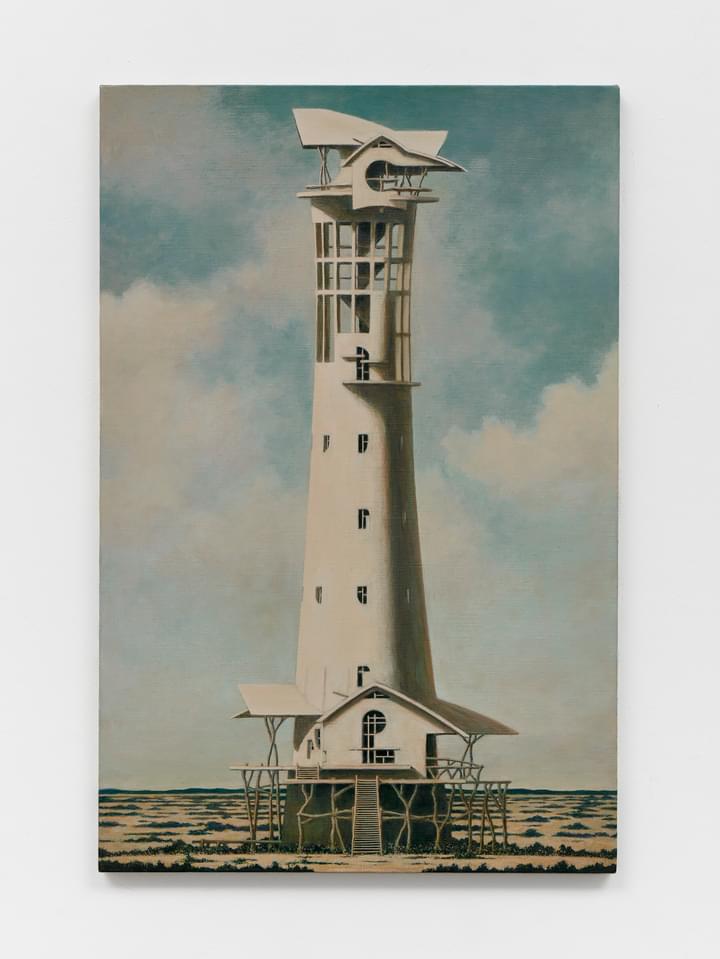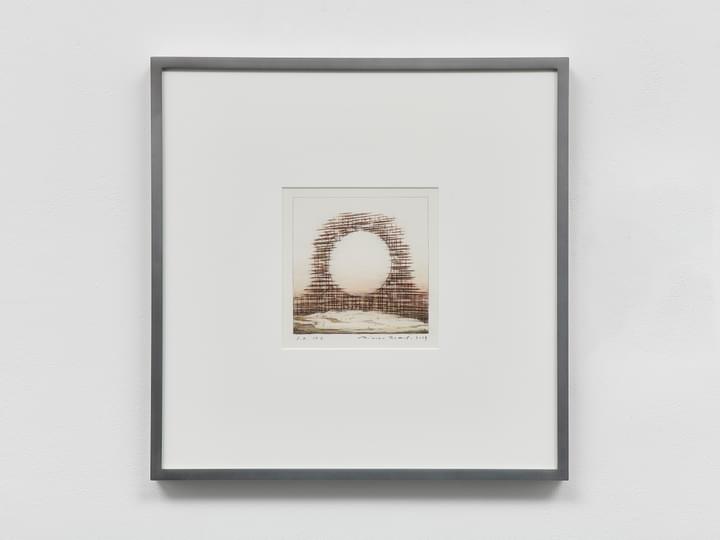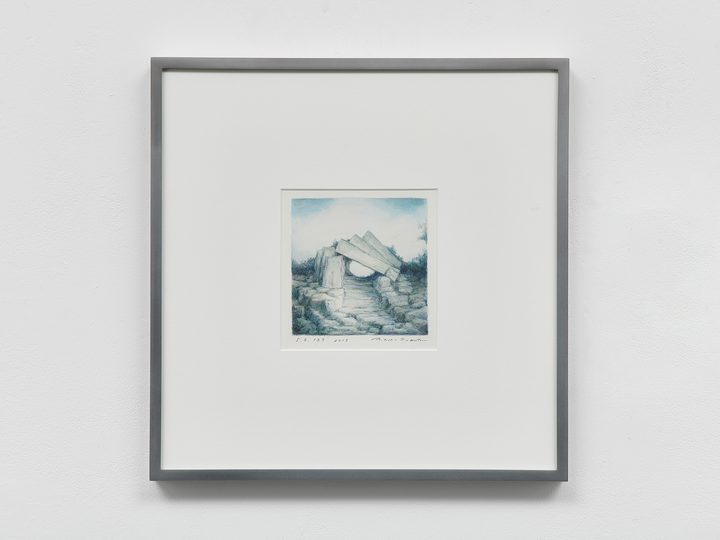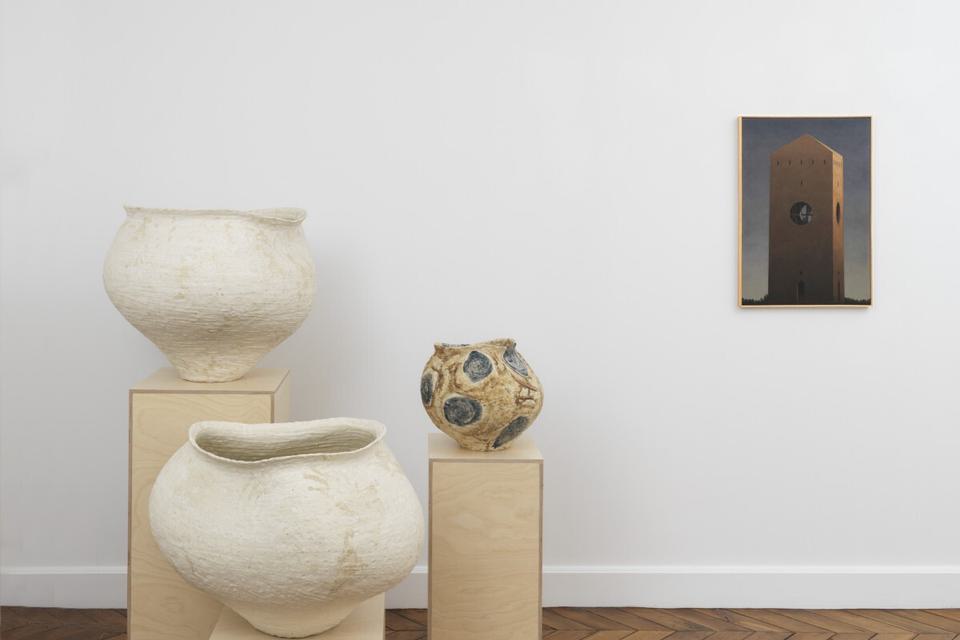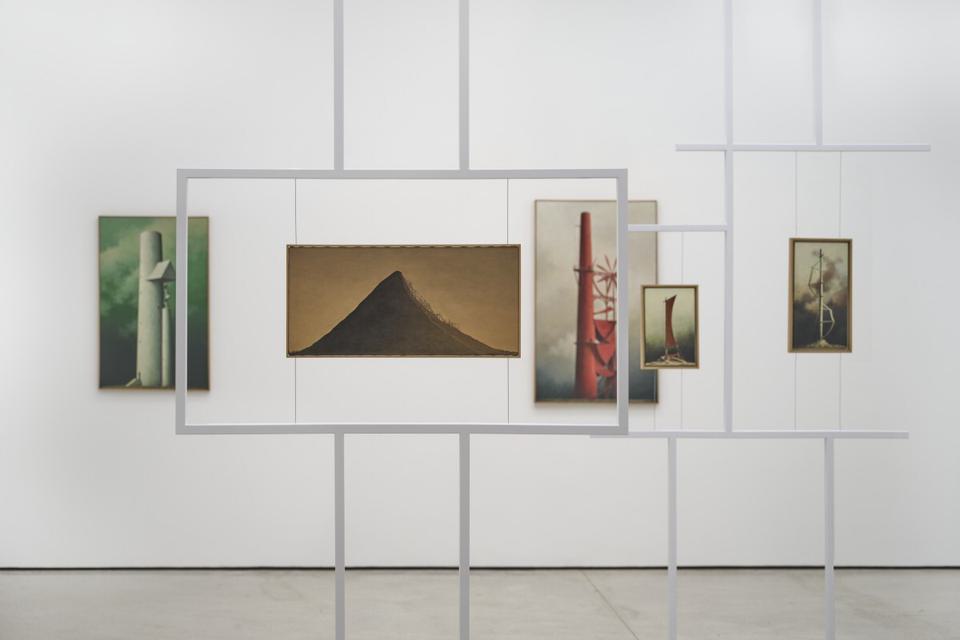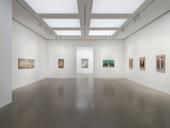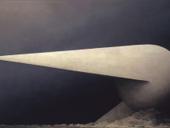
Perspective-24, 2001
Minoru Nomata
Lives and works in Tokyo
B. 1955
Artworks
Exhibitions
Gallery Exhibition
Minoru Nomata
Continuum
10 July – 24 August 2024
Gallery Exhibition
Minoru Nomata
映遠 – Far Sights
12 January – 2 March 2024
Gallery Exhibition
Minoru Nomata, Kazunori Hamana
22 June – 18 August 2021
Gallery Exhibition
Minoru Nomata
UNBUILT
8 September – 13 November 2021
Films
Minoru Nomata and Sam Thorne
To celebrate the opening of Minoru Nomata’s exhibition, ‘Continuum’ at White Cube Mason’s Yard in 2024, the artist was joined in conversation by Sam Thorne, CEO and Director General of Japan House London.
Minoru Nomata and Sam Thorne
To celebrate the opening of Minoru Nomata’s exhibition, ‘Continuum’ at White Cube Mason’s Yard in 2024, the artist was joined in conversation by Sam Thorne, CEO and Director General of Japan House London.
5 Questions with Minoru Nomata
On the occasion of Minoru Nomata's exhibition ‘映遠 – Far Sights’ at White Cube Seoul, the artist answers 5 questions on his practice and explores the various inspirations that inform his paintings.
Irene Bradbury on Minoru Nomata's 'UNBUILT'
Minoru Nomata’s exhibition ‘UNBUILT’ at White Cube Hong Kong in 2021 is explored by Irene Bradbury, Director and Artist Liaison at White Cube.
Museum Exhibitions
Find out more6 July – 24 September 2023 | Japan
21 May – 4 September 2022
Create an Account
To view available artworks and access prices.
